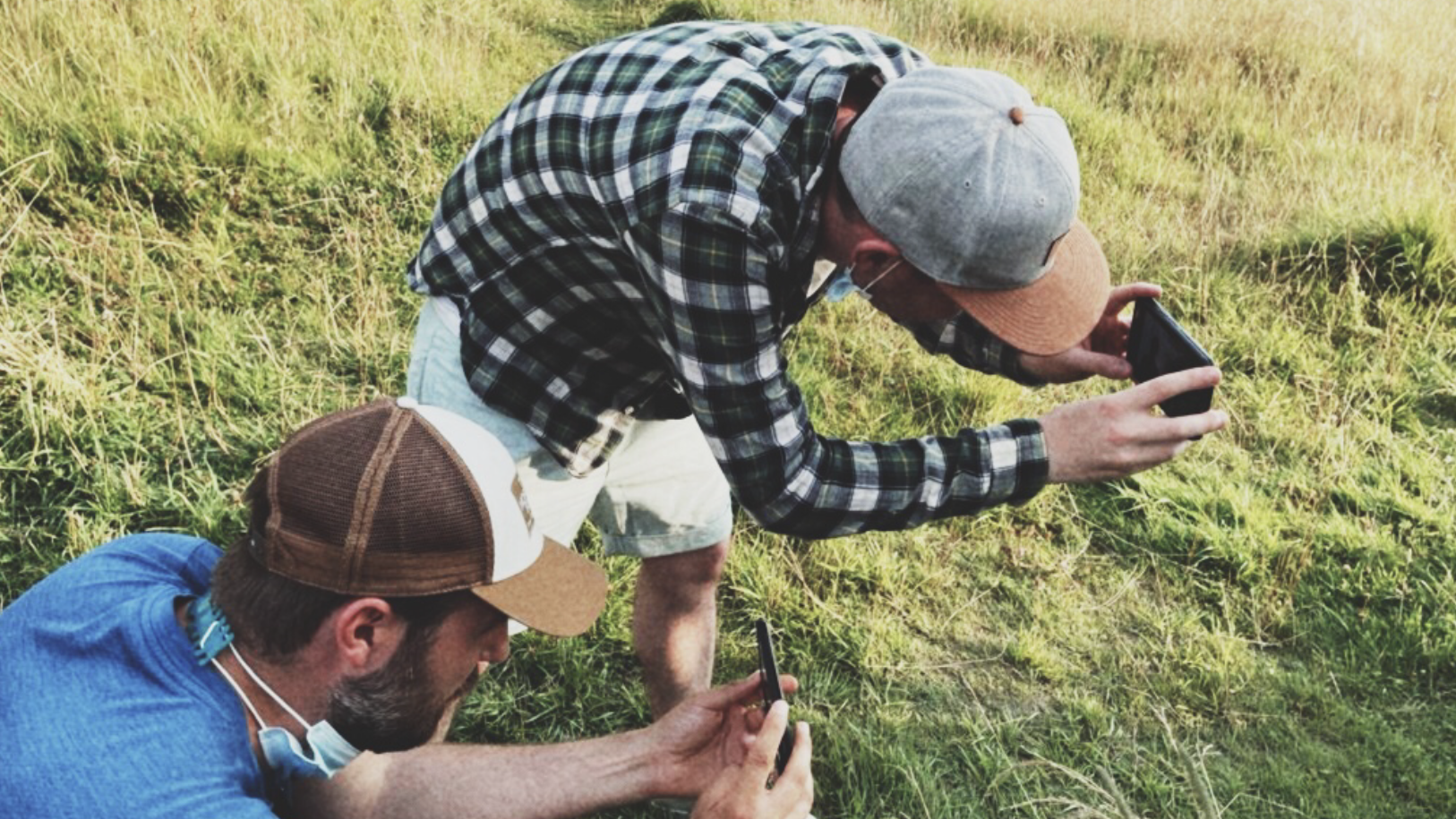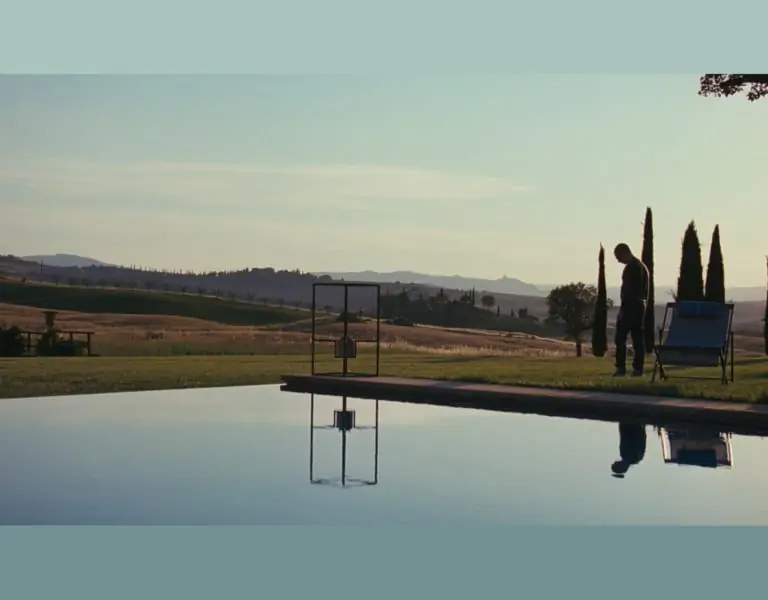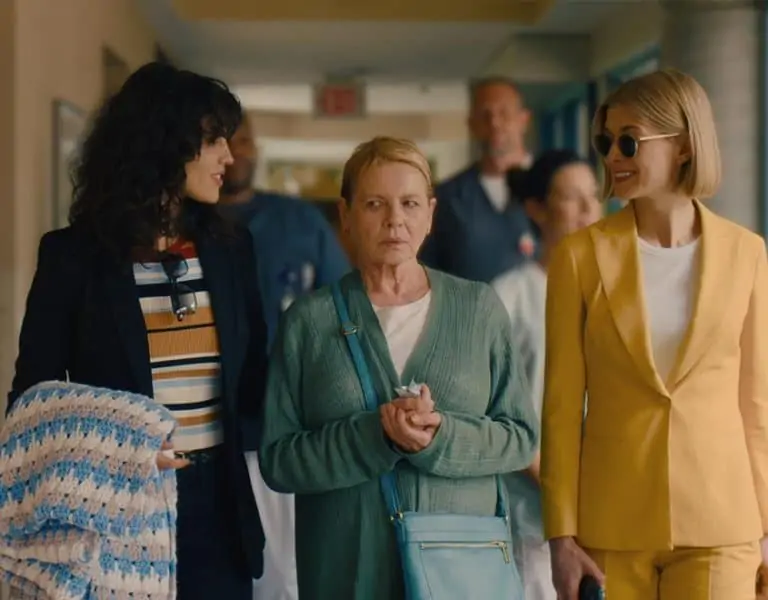THE SHERIFFS OF NOTTINGHAM
Decades-old tensions simmer over in a mining-scarred community following two grisly killings in Sherwood. DP Sam Care shares how he cultivated a growing sense of tragedy in his lensing.
The UK’s last deep coal mine may have closed in 2015, but the watershed miners’ strikes of the Seventies and Eighties are yet to be relegated to the history books. Over six, tightly plotted episodes, Sherwood rips the plaster off the wounds of the 1984-5 strike, revealing the deep-running divisions that still permeate some ex-mining communities. An ensemble cast, featuring Lesley Manville as a grieving widow, and policemen David Morrissey and Robert Glenister, depicts life in the lingering shadow of the strike.
Behind the BBC drama lurks a true story that inspired screenwriter James Graham’s script; the murder of former trade unionist Keith “Froggy” Frogson in 2004. He was killed in a crossbow assault in Nottinghamshire – an anomalous county during the 1984-5 strike, as most miners there opted to continue working in the pits rather than join the biggest industrial dispute in post-war Britain. Frogson was part of the minority who did strike, paying the ultimate price for sticking with his convictions.
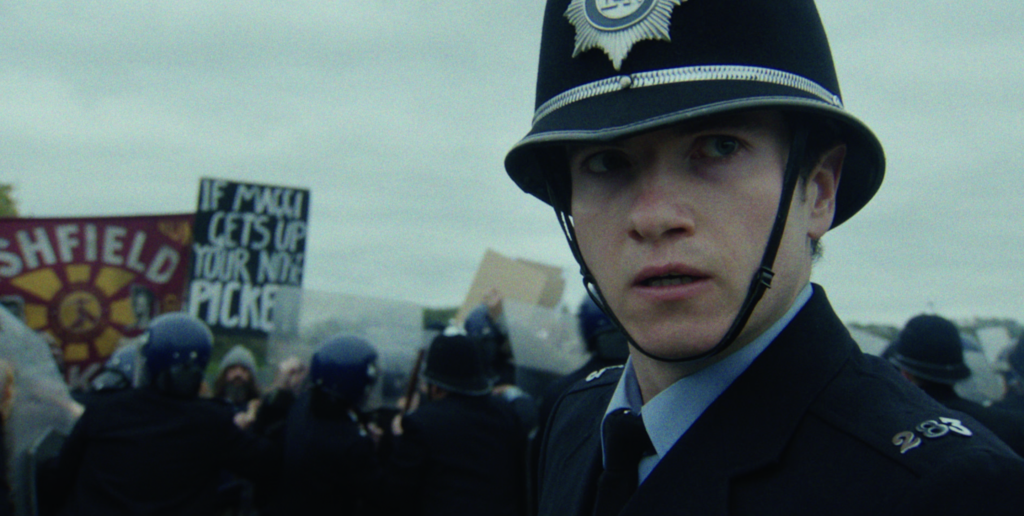
“It was a very intriguing story, and I knew straight away I wanted to be a part of it,” says cinematographer Sam Care, who shot the first block with director Lewis Arnold (Simon Archer BSC and director Ben A. Williams performed second-block duties). “Episode one was quite a complicated ensemble character set-up piece and I admired how James Graham’s writing masterfully achieved this. I didn’t know much about the true story it was based on, but it was shocking to hear that the feuds lasted so long between the miners on both sides of the strikes in these communities.”
Having both trained at the NFTS in Beaconsfield and worked together on music videos early in their careers, Care and Arnold had known each other for years before joining forces on Sherwood. Prep began with the pair sitting down together to discuss their creative and technical approach.
“I saw it as having a realistic visual tone to the show, with a sense of impending tragedy under the surface,” Care explains. “It also needed lots of warmth to the characters in the community, as well as darkness as the story progresses, so there was a balance to find photographically. Ultimately, the story is so much about a community which is recovering from past trauma and conflict, and this needed to be a visual character to the show.”
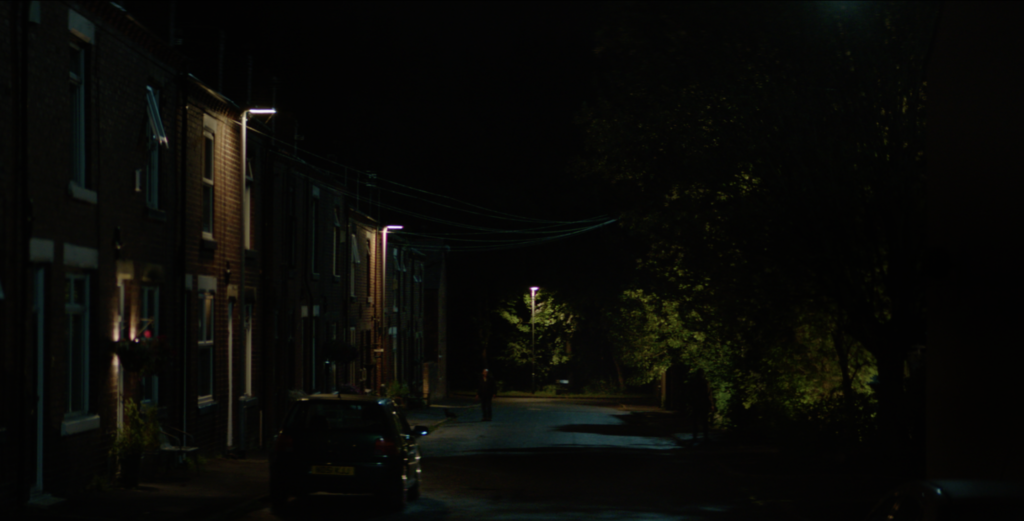
Ken Loach’s seminal use of long lenses was a key inspiration for Care and Arnold, as was the filmmaker’s 1984 documentary Which Side Are You On? portraying mining communities fighting against pit closures. “We wanted to visualise the proximity of everyone living so close to one another,” says Care. “Family members are neighbours in the same street, but there’s also a sense of claustrophobia. To achieve this, we shot many scenes on longer telephoto lenses to create a sense of people being trapped in their community and add the voyeuristic elements of someone – perhaps Scott’s character (Adam Hugill) – watching the scenes.”
Other important visual references for the two artistes included True Detective and Top of the Lake (“for the way they use locations, landscapes and a sense of community”); and Manchester by the Sea and Martha Marcy Marlene May (“for their elegant and naturalistic use of compositions and lighting”).
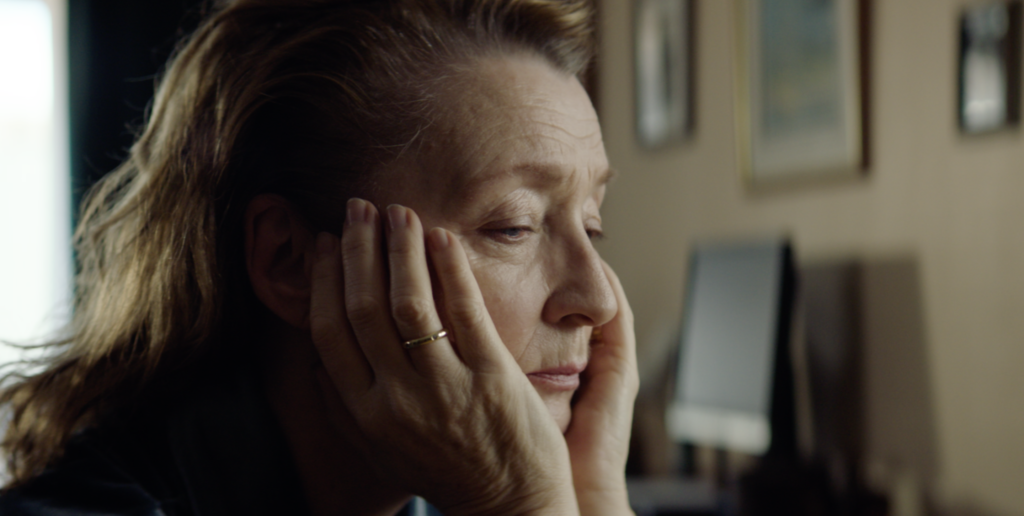
The Cooke look
Sherwood was set in Nottinghamshire, where screenwriter James Graham grew up and found inspiration for his work, while most of the filming took place in Manchester (with just a small portion done in Nottinghamshire). Care’s camera team consisted of A-cam / Steadicam operator Dan Nightingale, A-cam focus puller Julius Ogden, A-cam loader Abi McVeigh, trainees Henry Paisey and Cecile Mulombe Mbombo and DIT Doug Garside. Grips were Stuart Gibson and Jim Neale, while the lighting team was headed up by gaffer Steed Barrett and best boy Ross Chapman. The drone footage was shot by Rob Tilly and Alec Caton at Ironbird Aerial Cinematography.
Care’s camera package came from Ice Film and comprised two ARRI Alexa Minis with a full set of Cooke S35 Anamorphic lenses and an Angénieux 42-420mm A2S zoom lens.
“We shot 2.8k anamorphic ProRes mode so we could have a better choice of anamorphic lenses to cover the sensor,” he explains. “We tested some vintage anamorphic sets but ultimately decided on the Cookes because of their superior lens coatings to deal with overexposed windows and veiling flare, which was very useful in many of our tight locations.
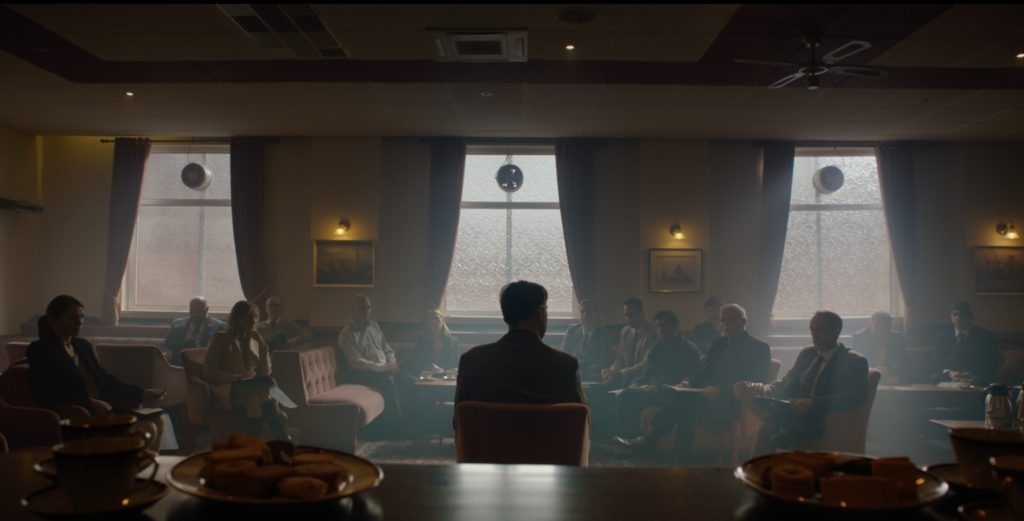
“I also wanted to use longer lenses in many scenes and the range of focal lengths from 25mm-300mm on the Cookes was advantageous for our two-camera show. We used Low Contrast Filters for all contemporary scenes to slightly soften the lenses’ sharp, contrasty, modern look and to give a subtle filmic halation to the highlights.”
Sherwood is interspersed with flashbacks to the 1980s, along with archival footage leading into episode one, highlighting to the younger or perhaps unaware viewer the size and complexity of the strike in the national discourse at the time. Care shares how he approached these flashback shots: “We shot in the S16mm sensor mode of the Alexa Mini and used Glimmerglass filters and vintage Canon S16mm zoom lenses. This was partly inspired by the S16mm archival footage of the time that we referenced. We wanted the flashbacks to the 1980s’ storyline to have a different image texture. The smaller sensor size, added grain and vintage qualities of the older Canon zoom lenses contrasted well with the cleaner main Cooke anamorphics look on the full sensor size.
“For the S16mm scenes, they were often shot wide open to encourage all the vintage flaws and characteristics of lenses to be photographed. In the grade, our wonderful colourist, Aidan Farrell at The Farm, added S16mm grain to these 1980s’ scenes to accentuate the noise created in camera by shooting the smaller sensor size. I have to say I fell in love with the S16mm digital look. I’m a huge fan of S16mm as a format and I miss it. I’ve managed to shoot some scenes on S16mm film on my new TV mini-series, Nolly.”
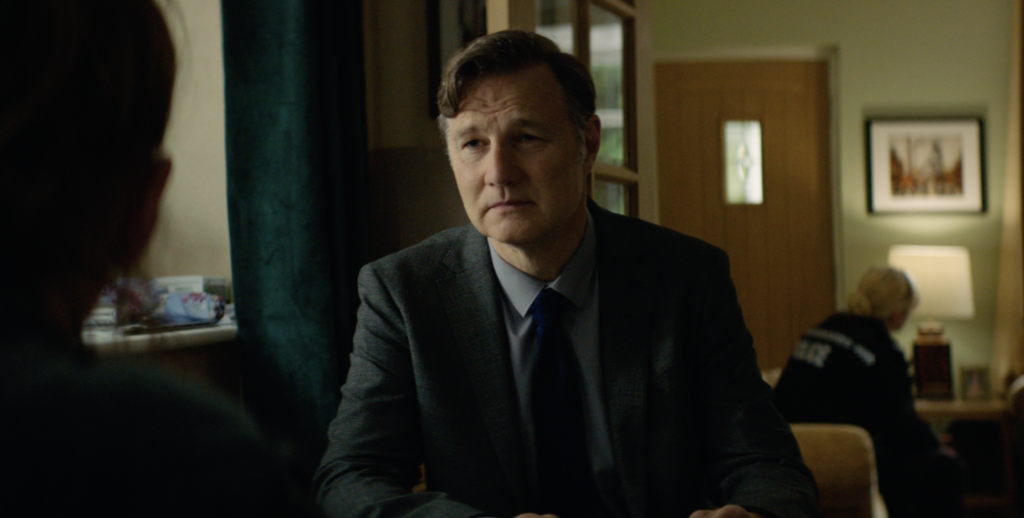
Care’s approach to camera movement was restrained for the contemporary scenes. “Overall I saw it as a relatively classically photographed show with lots of slow, tension-building tracking shots, Steadicam and head work for the contemporary scenes,” he says. “To contrast this with the 1980s storyline and flashbacks we decided to use more handheld and zoom lenses with subtle crash zooms for this period to distinguish the two. Our approach was to not move the camera unless motivated. We did use it to help the slow building tension and intrigue to the story as characters were pondering developments throughout. But our aim was for this camera movement to be very subtle and purely to immerse the audience into the story.”
Care’s framing choices illustrated the deepening fractures within the neighbourhood. “We also used a lot of negative space framing, especially wide shots with lots of headroom,” he notes. “This was something Lewis really loved and he encouraged Dan Nightingale, our A-cam operator, and I to get creative with. We were trying to achieve a subtle awkwardness that showed the breakdown in communication amongst family members and across socio-political divides in the community.”
Colour was crucial to Sherwood’s visual world, as Care remembers: “We decided to desaturate the colours for the 1980s’ storyline, so for the more contemporary one we wanted to contrast this with more of a saturated and modern look. However, a saturated look can easily become quite digital in my opinion. You have to be careful that certain colours like greens don’t jump out too much. We tried to desaturate the greens throughout a little, so they would look more filmic.”
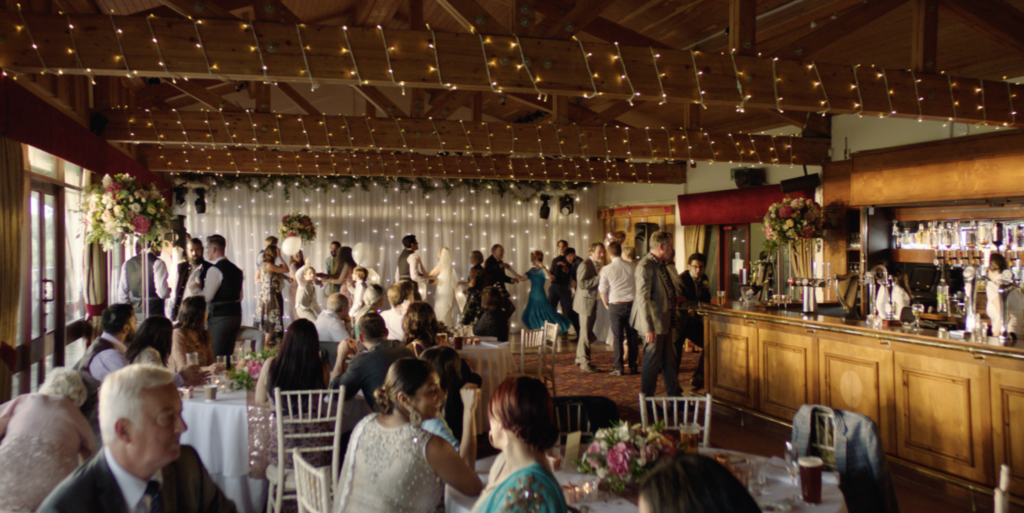
Doug Garside, the show’s DIT, says: “With the colour we took a digital film stock approach when creating the show LUT, starting with a Fuji 3514 emulation and tailoring it for a distinct look.”
“We desaturated the greens more during the forest scenes where Scout is on the run and hiding out,” Care continues. “It seemed to create a strange, unsettling look just for his character in the forest. We took the yellow out of the green and favoured a bluer, desaturated hue to the greens. This created some subtle magical realism to his character in this location.”
Light fantastic
Care’s lighting collaborator on both Nolly and Sherwood is gaffer Steed Barrett. Care and Barrett worked with John Lawton and his team at Panalux Manchester on a package dominated by LED technology for interiors, including ARRI SkyPanels, Astera Titan and Helios tubes, NYX bulbs, and a variety of LiteGear LiteMats. “I love the speed of LED lighting for interior work,” Care enthuses. “All these LED sources were hooked up to Steed’s iPad and gaffer control kit so levels could be set during rehearsals by the monitor. This allowed us to keep tight control of things on a fast-paced challenging schedule. We also carried a variety of HMI heads including an 18kw, M90s, M40s and M18s.”
“Overall, I wanted the lighting to be natural, contrasty, and to embrace darkness at times without it feeling too stylised or forced,” Care explains. “I wanted the opening scenes before the first murder to feel warm, natural, and safe – then to shatter this once the fear of a killer on the run in the community was introduced and then to bring more contrast and darkness into the photography after Gary’s murder.”
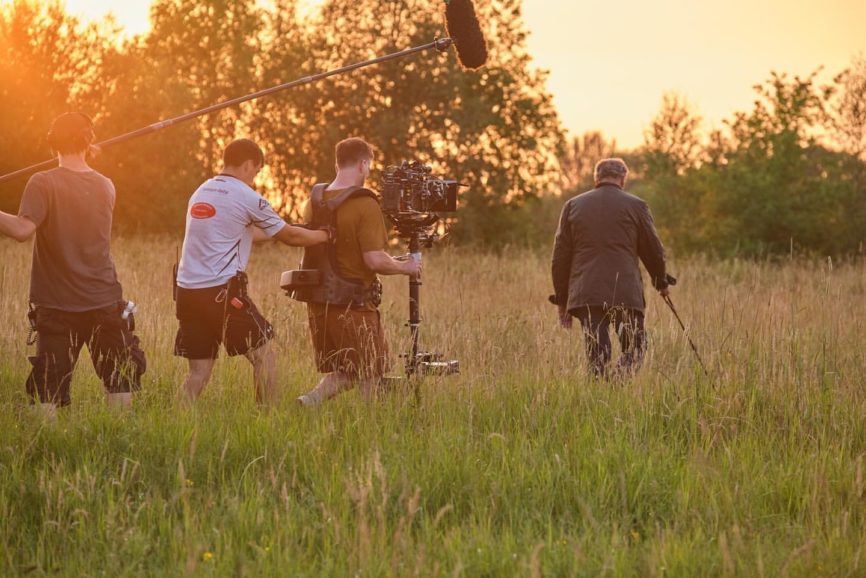
One especially challenging scene to light was a night-time exterior; the street where the first murder takes place. “We had an issue when we recced it at night – the existing streetlights were so dim that we couldn’t get an exposure even if we had been shooting on T1.3 spherical lenses, never mind getting a stop of T4 on anamorphics,” says Care. “I asked Steed to come up with a solution to rig battery-powered LED lights the exact size of the streetlamp heads, so that I could see them all in the Steadicam shots leading up to the murder without the need for any post work to remove cables or sources, and so on.”
“Modern lampposts were, of course, an eyesore for a period drama,” adds Barrett. “The energy efficient LEDs just looked out of place and are a big giveaway that you are shooting in modern times. Due to scheduling, council restrictions and big wide shots revealing the whole street the rigs had to be hidden in plain sight and be fed without a cable run.
“This led to making our only option to be LED and battery-fed. LiteGear’s cinema series LiteCard is easy to trim to size and compatible with the dimmers and batteries we carry with LiteMats on our regular package, which helped keep costs down. They are only 2-3mm thick so you can’t see them while rigged, and because they are so lightweight, they can be put up with tape and taken down very quickly on wrap as the council would not allow us to kill the streetlights in a residential area.
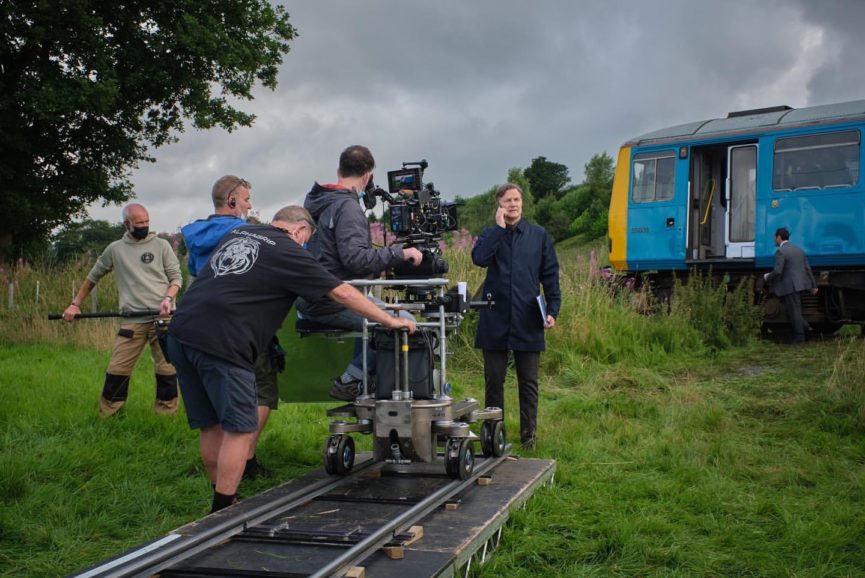
“To supplement the streetlights, we rigged an ARRI SkyPanel 360 at each end of the street on cherry pickers, to wash some cooler light as an underexposed back or side light to the street,” notes Care. “We hid various smaller tungsten sources around the middle of the street to light the trees and help to silhouette the murderer to not reveal his identity in the murder scene. We also had a battery-powered LiteMat on a boom arm which travelled next to the Steadicam to provide some low-level soft fill onto Gary’s character walking through the scene.”
Care and Barrett recall another tricky scene: the wedding in episode one, between Joanne Froggatt and Bally Gill’s characters. Care wanted the golf course location to have a sunset look, with a golden hard low light sunset effect over the whole area, but it was easier said than done.
“The golf course gave us a couple of challenges,” says Barrett. “Firstly, the room was upstairs, meaning a source on a stand was too low. It was also only accessible by a narrow path which passed through a well-kept putting green, meaning we couldn’t use a cherry picker/genie boom.
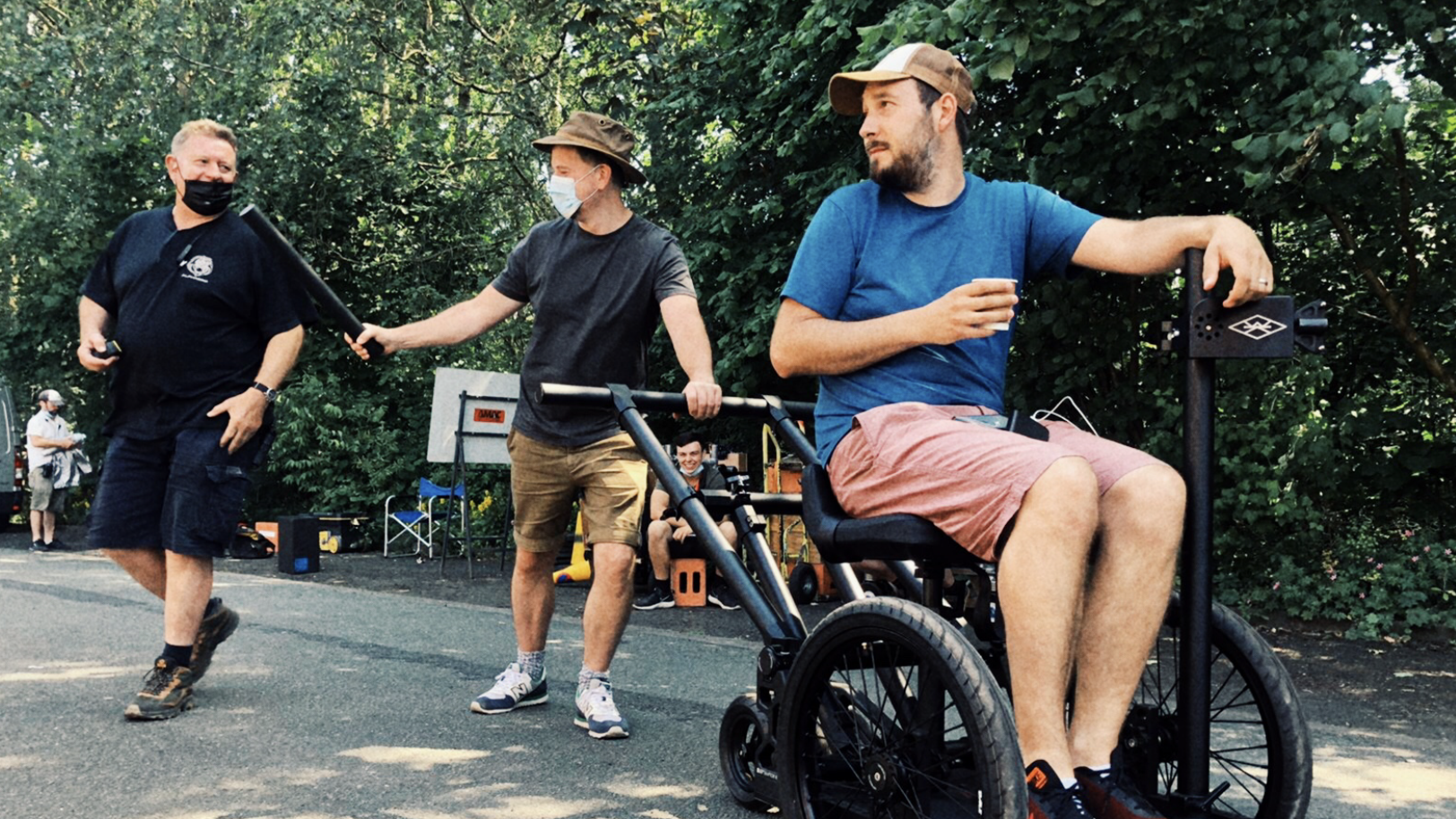
“The gents at FSS carried two 10’x10’ towers by hand around the building and made a platform on wheels which we could tailor to shot that was tall enough to get a source upstairs. Given the depth of the room and the scene being set in summer at sunset, the obvious choice was a big tungsten source. A personal favourite is the trusty old Dino. It has loads of throw and rather than dimming to control output we could kill individual bulbs to lower intensity but keep colour temperature.
“We positioned four Dinos on towers outside the location’s side-lit windows which worked fantastically,” Care adds. “In total we had 96 1kw bulbs to light the length of the room and give the spread. For the wides we used these lights hard and then we subtly diffused them for the mid shots and close-ups. This worked very well although it did create quite a hot working environment. This reminded me how much I love the quality of tungsten light and on our next collaboration, Nolly, Steed and I have been using tungsten almost exclusively.”
Working on Sherwood, Care is spoilt for choice when asked to pick just one moment he’s most proud of. “Possibly the day of our train stunt, which was meticulously planned and storyboarded,” he says. “The fact that the day was a success, we accomplished the planned shots and more and it all cut together wonderfully. It was a true team effort by everyone. I think those are the most satisfying days when all departments come together and the work is elevated to a higher level, which wouldn’t be possible without the sum of all parts.”
